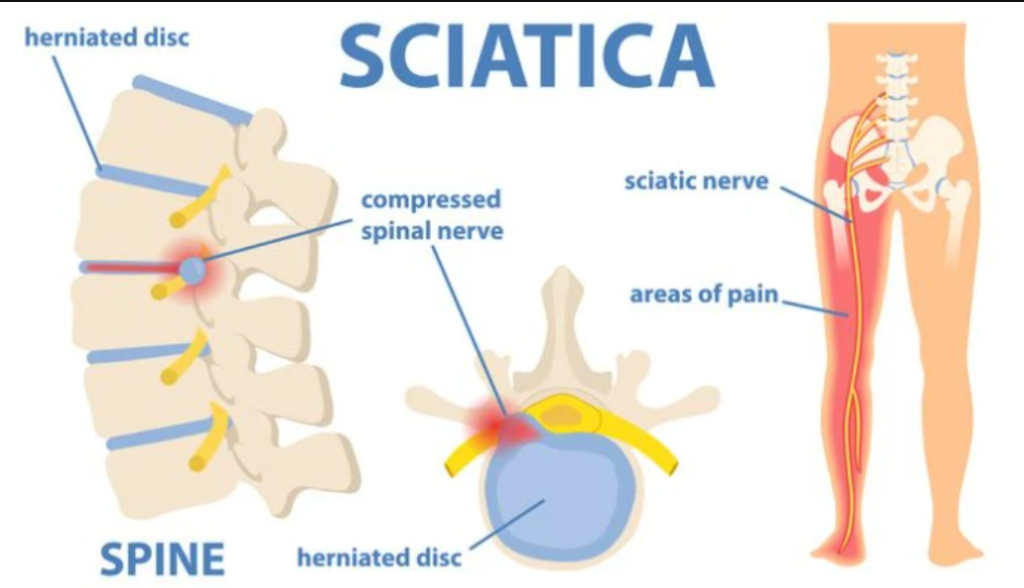Sciatica, the radiating pain that travels down the leg thanks to an irritated sciatic nerve, can be debilitating. Thankfully, there are treatment options beyond medication and rest. Dry needling, a technique gaining traction in physical therapy circles, beneficial in your fight against sciatica pain.
What is Dry Needling?
Dry needling should not be confused with acupuncture. While both involve inserting thin needles into the body, dry needling targets specific “trigger points” within muscles. These trigger points are taut bands of muscle tissue that can cause pain and tightness, even in areas distant from the point itself.
In sciatica, tight muscles around the sciatic nerve, like the piriformis or glutes, can contribute to pain. Dry needling aims to deactivate these trigger points, potentially leading to several benefits:
- Reduced pain: The needles stimulate the nervous system, triggering the release of endorphins, the body’s natural painkillers.
- Improved muscle function: Deactivating trigger points can help relax tight muscles, improving flexibility and range of motion.
- Reduced inflammation: Dry needling may stimulate blood flow to the area, promoting healing and reducing inflammation around the irritated nerve.
Finding a Qualified Practitioner
If you’re considering dry needling for sciatica, it’s crucial to see a licensed physiotherapist trained and certified in the technique.
They will assess your condition, determine if dry needling is appropriate, and create a personalized treatment plan that might include exercises, stretches, and other modalities alongside dry needling.
Don Kelly Physiotherapy & Acupuncture is ready to help you with top-notch physiotherapy care and expertise in dry needling technique. He is certified, trained and experienced physio in dry needling and acupuncture
Dry needling offers a potential non-invasive approach to managing sciatica pain.
Accelerates the healing process: Sciatica from injury-related herniated intervertebral discs can take a while to resolve with some treatment methods but dry needling isn’t one of them. The needles help increase blood circulation in the affected body parts ensuring the delivery of much-needed oxygen and nutrients for a good healing process. Moreover, needling can activate the body’s anti-inflammatory response which also helps injury heal faster.


